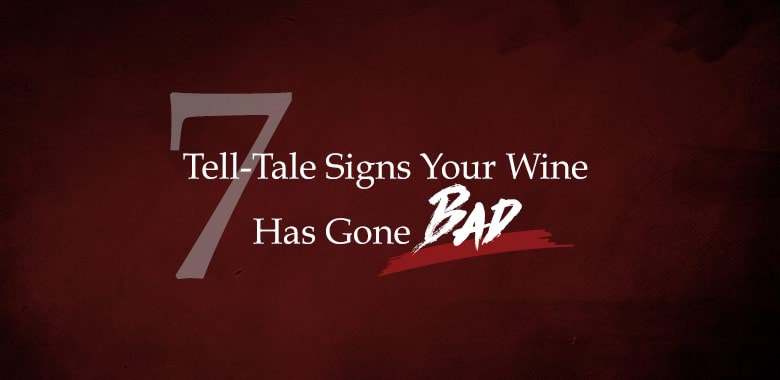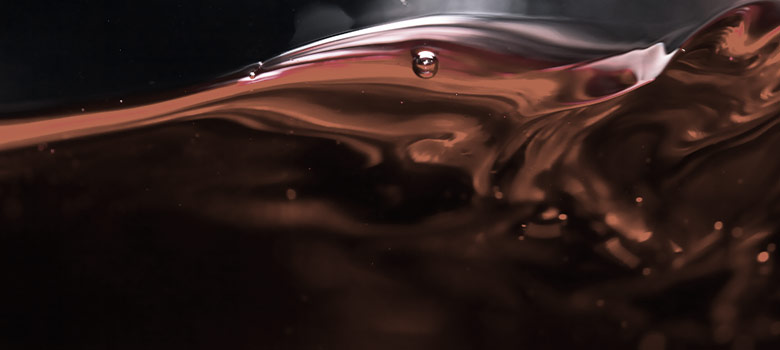
Wine
7 Tell-Tale Signs Your Wine Has Gone Bad
A great way to spoil a dinner date or celebration is with bad wine, and we’re not referring to those cheap, poorly made expressions. Things like smoke, bacteria and the way you store a bottle can affect a wine, transforming it from a decadent drop to sickly swill. Sometimes this can be avoided, other times it cannot. Whatever the cause, these 7 tell-tale signs your wine has gone bad can help inform your future wine-related choices.
Bushfire-Affected Wine

Grape juice and wine can become tainted by bushfire smoke, as seen with the 2003 Victorian vintage. Smoke-affected wines can develop smokey, burnt, ashy or medicinal smells and tastes, becoming undrinkable. With catastrophic bushfires affecting most of the country, keep that nose and palate on the lookout for smoke taint.
Your Wine is Cooked!

There’s a good reason why you should store wine at low temperatures. If a wine develops baked, or stewed fruit aromas, and tastes flat or dried out, there’s a good chance it has been affected by poor storage. Wine being subjected to direct sunlight and heat is usually the cause of the spoilage.
Corked, But Not in a Good Way

Cork taint is a type of wine spoilage caused by the chemical compound 2,4,6-trichloroanisole (TCA), which can develop in corks by a variety of means. It manifests as a mouldy, wet-cardboard type aroma, and can also affect the palate, leaving a slightly bitter aftertaste. Although cork suppliers have done a lot of work on eliminating this issue, it is estimated that up to 5% of all wines sealed with a cork closure are affected to some degree, which is why screw-capped wines are now such a popular choice for winemakers and consumers alike!
Mousy Taint

A broad term used to describe a wine that develops dirty flavours that are unfortunately reminiscent of a rodent cage. This taint is caused by bacteria and is typically found in higher pH wines like reds and Fortifieds. The taint can be difficult to smell, but a bad taste can build in the back of the mouth. What’s interesting is that mousy taint is noticed by only 15% of the population.
Smells like Chemicals

Does your wine smell of vinegar or nail polish remover? Chances are the wine has what’s known in the industry as ‘volatile acidity’ or ‘VA.’ This can occur in fermentation when a wine cask or tank is not completely air-tight or if the grapes become damaged. Volatile acidity can affect all wines, and creates a sour mouthfeel although it’s accepted as a natural, although subtle part of Botrytis-affected wines.
Brown Wine - Bad Sign

Exposure to oxygen can cause a wine to go brown and become bitter, or lose its flavour. Once again, this occurs when a cask or tank is not completely air-tight or if a cork or screw cap becomes damaged and fails to seal the bottle. A wine that has turned brown due to oxidisation can also smell of brown apple and in some cases, develop fortified aromas.
Diamonds are Forever

They say diamonds are a girl’s best friend. This may be less true when it comes to wine. Tartrate crystals are a form of natural crystallisation that can occur at the base of the cork or within the bottle. The crystals are usually found in white wines and are affectionately known as ‘wine diamonds.’ While these ‘diamonds’ may come as a surprise – usually when the last of the bottle is poured out – they have no effect on the flavour of the wine and are purely an aesthetic condition.
Discover more of the best wine practices with our article- How Long Does Open Wine Last?